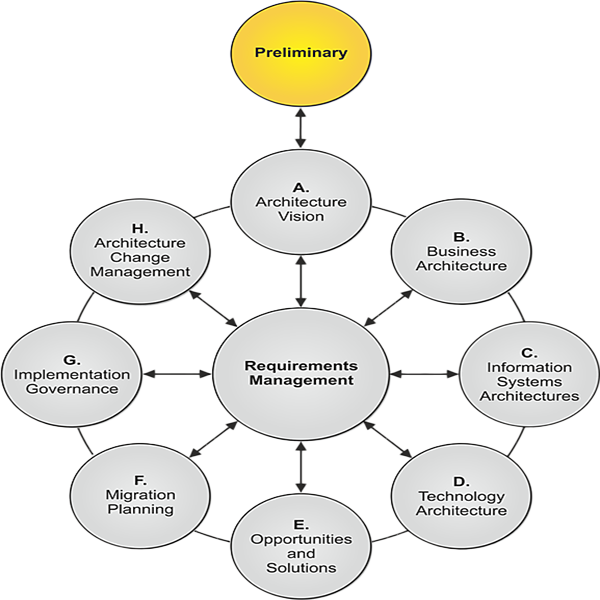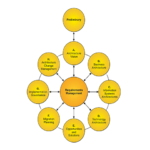A Key Step for Successful Enterprise Architecture
As enterprise architects, laying a solid foundation is paramount. This brings us to the first of the ten essential phases: the Preliminary Phase. As an enterprise architect with solid background in Software Engineering, full-stack engineer, I can assure you that this phase is not just a formality; it is a critical step that sets the stage for everything that follows.
What is the Preliminary Phase?
The Preliminary Phase occupies a vital position at the top of the architecture cycle. Think of it as the starting block from which all architectural endeavors launch. According to established standards, this phase has two primary objectives:
- Define the Desired Architecture Capability: What capabilities should the architecture possess? This involves outlining what you want to achieve through your architectural initiatives.
- Establish that Architecture Capability: Once defined, we need to establish this capability, which includes articulating architecture principles. This often means answering fundamental questions: What are we trying to achieve? Why embark on this journey? Who will be involved?
This phase essentially provides clarity on the where, what, why, who, and how of your architectural strategy. It’s a time for reflection and alignment, ensuring that you and your stakeholders are headed in the same direction.
Inputs to the Preliminary Phase
Every phase has its inputs, and the Preliminary Phase is no exception. These inputs can be categorized into:
- Reference Materials: This includes the TOGAF library, official documentation, standards, and guidelines that can help frame your approach.
- Non-Architectural Inputs: Insights from business plans, strategies, and IT directives from your board of directors are crucial. What are the overarching business principles? What goals drive your organization forward?
- Architectural Inputs: Any existing frameworks you may be using, whether TOGAF or another architecture methodology, should inform your approach.
Additionally, consideration of your organization’s vision and the operational frameworks in use (e.g., Agile, Scrum) is essential. Understanding the current landscape helps you address how your architecture capability will evolve and adapt.
Understanding Your Context
Another vital aspect of this phase is recognizing the evolution of your architecture capability. This entails understanding the organizational model for enterprise architecture, particularly focusing on:
- Scope: Which sections of the organization will be impacted?
- Gaps and Maturity Assessment: Identify where current architectural practices fall short and what maturity level you aim to achieve.
- Budget Requirements and Roles: Knowing the necessary resources and responsibilities is essential for effective execution.
These components not only provide the groundwork but also ensure that future decisions are informed by a comprehensive understanding of the context.
Steps in the Preliminary Phase
There are six critical steps in the Preliminary Phase.
- Tailoring TOGAF: Tailoring your approach to TOGAF must be done in this phase. It’s not something you want to leave for later when the process is already underway.
- Defining the Scope: Identify which organizations and teams are impacted by your architecture efforts.
- Confirming Governance: Establish wraparound governance structures to ensure that the architecture framework is supported and executable.
- Establishing Architecture Principles: Your architecture team will need to define principles that guide your architectural decisions. This clarity will foster consistency and direction.
- Identifying Boundaries: Be clear on what your architecture will and won’t cover. This delineation is crucial for avoiding scope creep later on.
- Tool Setup: Install any necessary software tools, like an architecture repository or CRM for knowledge management, ensuring everyone has access at the commencement of your architectural work.
Moving Forward
As we transition from the Preliminary Phase into the subsequent phases of architecture, remember that this stage is about preparation and alignment. It’s where you establish a shared vision and build the framework you’ll adhere to moving forward.
Stay tuned as we explore the next steps in this architectural journey! Your careful preparation in the Preliminary Phase will enhance your organization’s ability to navigate the complexities of enterprise architecture with confidence and clarity.



Pingback: Architecture Principles – Toks Lawal